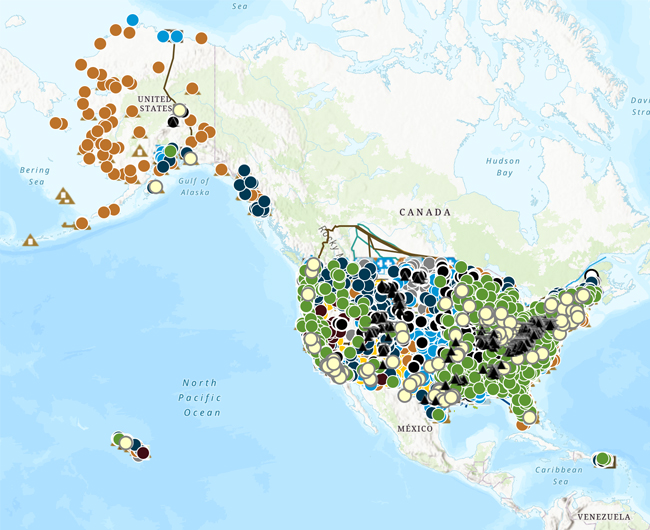Profile Overview
U.S Energy Atlas with total energy layers
 View the interactive map
View the interactive map Quick Facts
- In 2021, West Virginia ranked fifth among the states in total energy production, accounting for 6% of the nation's total.
- In 2022, West Virginia was the second-largest coal producer in the nation, after Wyoming, and accounted for 14% of U.S. total coal production. West Virginia also had 15% of recoverable coal reserves at producing mines, the third-largest state reserve base in the nation, after Wyoming and Illinois.
- In 2022, coal-fired electric power plants accounted for 89% of West Virginia's total electricity net generation. Renewable energy resources—primarily hydroelectric power and wind energy—contributed 7% and natural gas provided about 4%.
- In 2022, West Virginia was fourth in the nation in natural gas marketed production. The state produced a record 2.9 trillion cubic feet of natural gas, more than 5 times greater than in 2012, and about 95% of it was from shale gas wells.
- West Virginians used about three-fifths of the electricity generated in the state in 2022. As a result, West Virginia was a net supplier of electricity to the regional grid and was among the top states in interstate transfers of electricity. Only four other states sent more of their electricity generation out of state.
Last Updated: January 18, 2024
